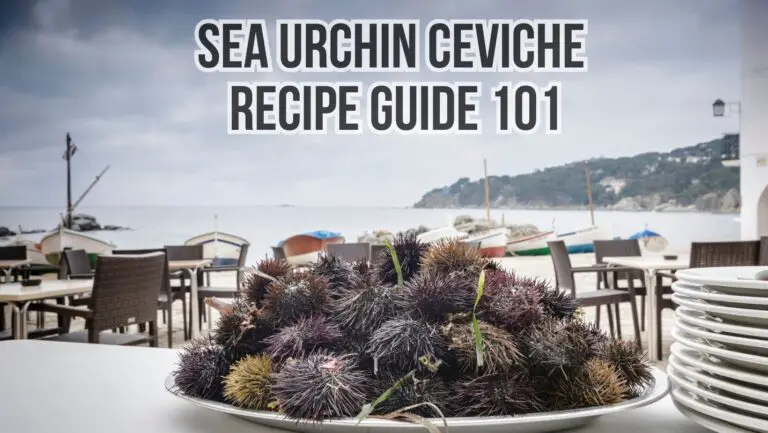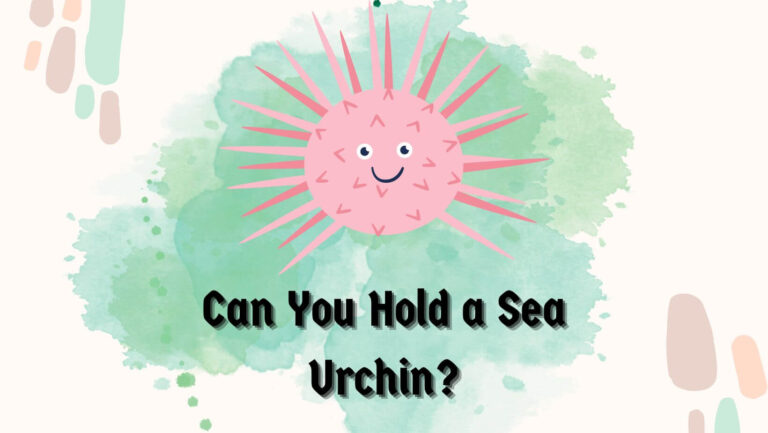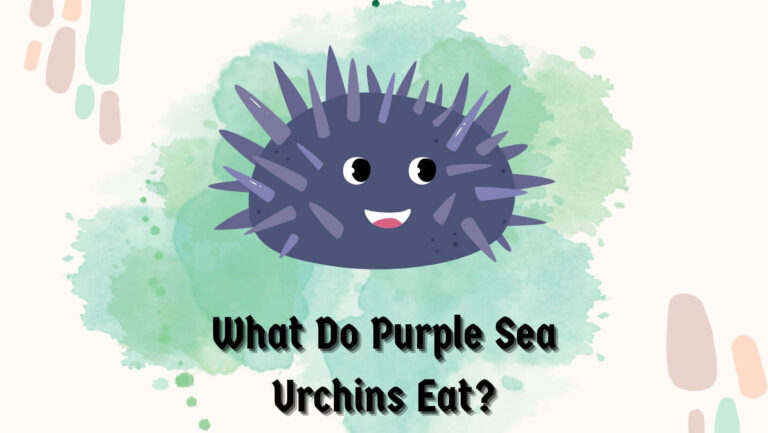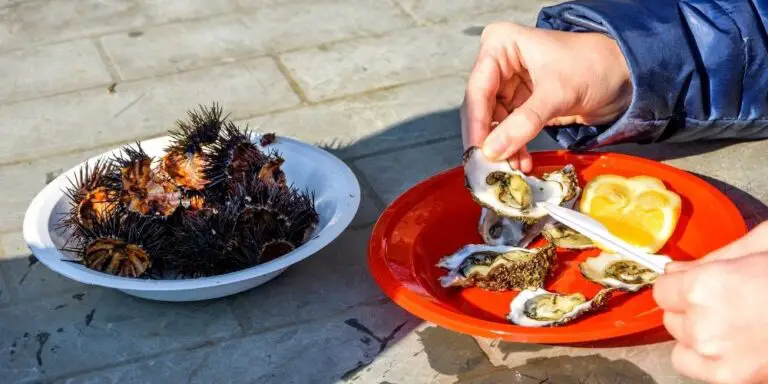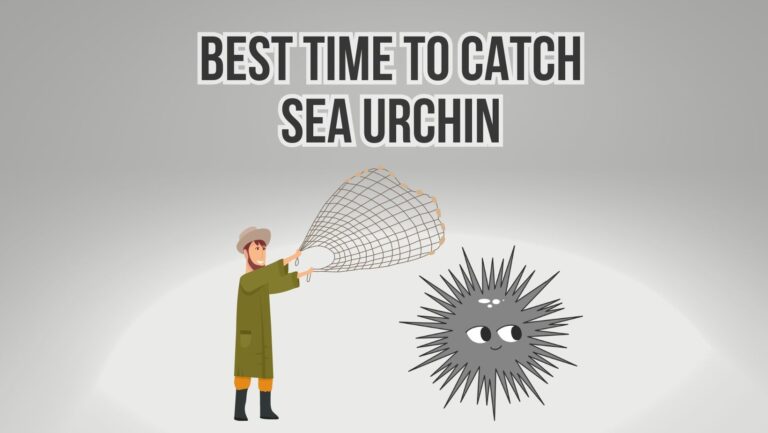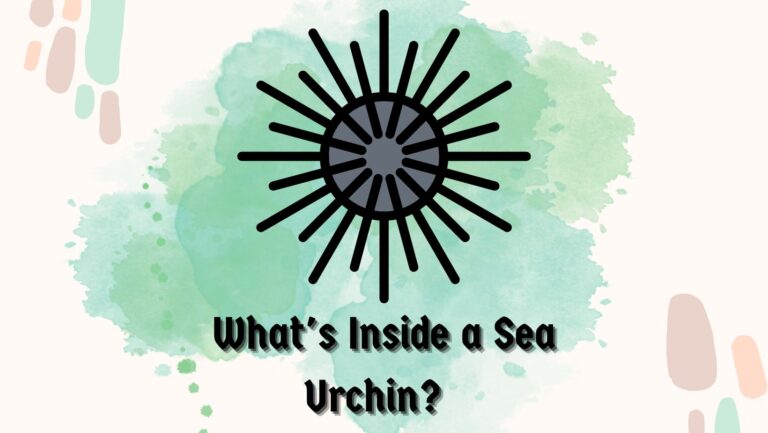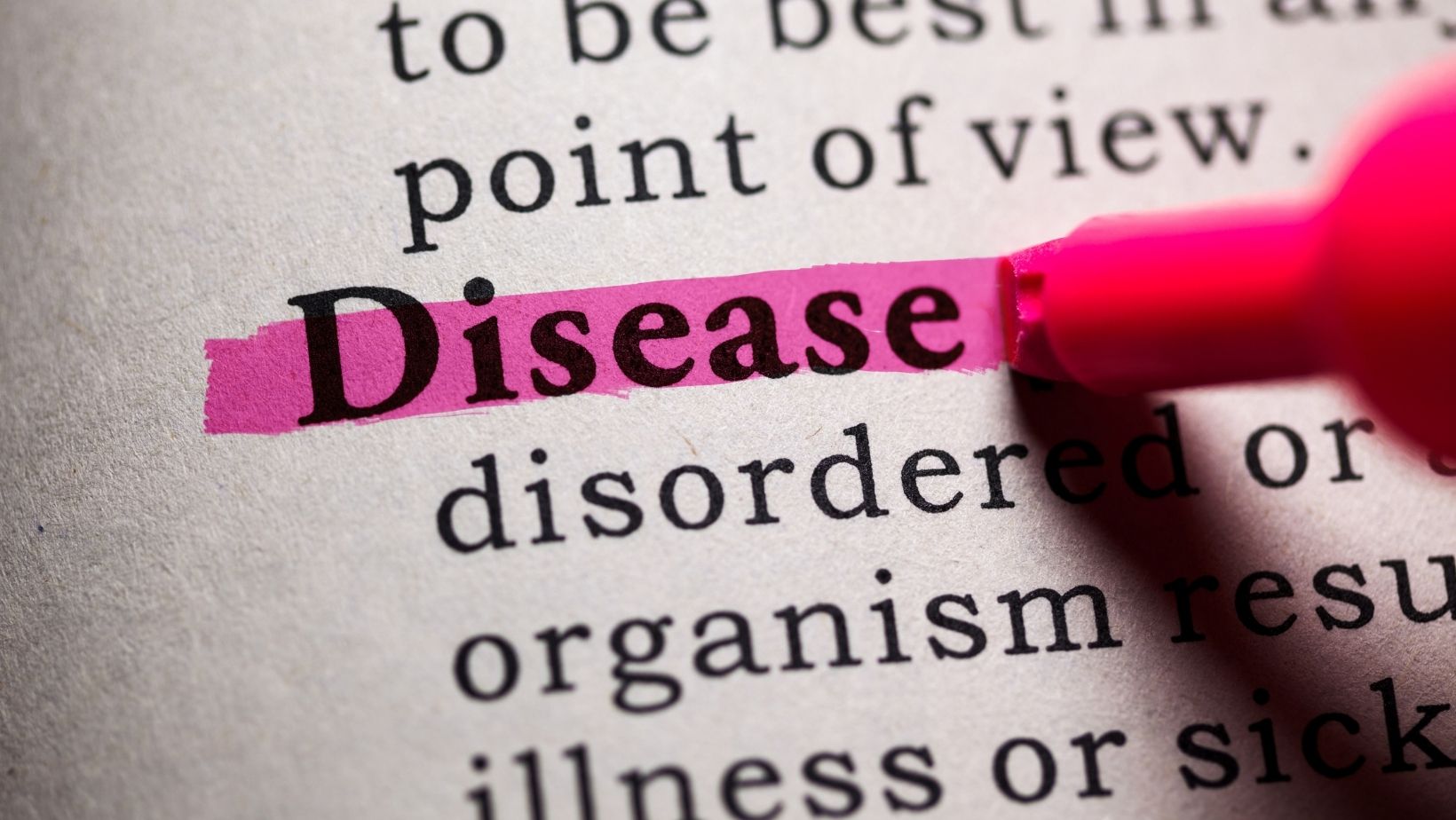
Sea urchins are fascinating creatures found in various marine environments around the world. With their unique appearance and spiny exterior, many people wonder if sea urchins are poisonous and if they carry any diseases. In this article, we will explore the world of sea urchins, their poisonous spines, and potential diseases associated with them. We will also discuss human interactions with these intriguing creatures, including their role in the food industry and safety measures for handling them.
Sea urchins are echinoderms belonging to the class Echinoidea. They are closely related to sea stars and sand dollars. These marine animals are known for their spherical shape and spiky appearance, which serves as a defense mechanism against predators. While their spines may seem intimidating, they play an essential role in the life of a sea urchin.
Sea Urchins and Poisonous Spines
Sea urchins are known for their spiky exterior, adorned with numerous sharp and rigid spines. These spines serve various purposes, including protection and locomotion. However, many people wonder if sea urchins are poisonous due to their spines.
How Sea Urchins Use their Spines
Sea urchins utilize their spines primarily as a defense mechanism against predators. When threatened, they can move their spines in a coordinated manner to create a physical barrier. The spines act as a deterrent, making it difficult for predators to approach or consume them.
Additionally, sea urchins use their spines for locomotion. By moving their spines in a wave-like motion, they can navigate across the ocean floor or cling to rocks and surfaces. The spines also assist in capturing and manipulating food particles, allowing sea urchins to feed on algae, small organisms, and organic matter present in their habitat.
Are Sea Urchins Poisonous?
Sea urchins, in general, are not considered poisonous to humans. While their spines can cause painful puncture wounds if mishandled, they do not possess venomous or toxic properties typically found in other marine animals like certain species of fish or jellyfish.
However, it is essential to exercise caution when handling sea urchins to avoid injury. The spines can break off and embed themselves in the skin, leading to discomfort and potential infections. It is recommended to wear protective gloves or use appropriate tools when interacting with sea urchins, especially in aquariums or natural habitats.
It’s worth mentioning that some species of sea urchins have specialized spines called pedicellariae, which are smaller and pincer-like in shape. These pedicellariae can be venomous and aid in deterring potential threats or removing debris from the sea urchin’s body. However, the venom produced by these pedicellariae is typically not harmful to humans.
Diseases Associated with Sea Urchins
diseases can affect their health and overall well-being. Let’s explore some of the diseases commonly associated with sea urchins.
Sea Urchins and Bacterial Infections
One type of bacterial infection that sea urchins may experience is known as vibriosis. Vibrio bacteria are naturally present in marine environments and can cause infections in sea urchins. Symptoms of vibriosis in sea urchins may include discoloration, tissue degradation, and overall deterioration of health.
Another bacterial infection that sea urchins can encounter is caused by opportunistic pathogens. These bacteria take advantage of weakened immune systems or existing injuries in sea urchins to invade and cause infections. In such cases, bacterial infections can further compromise the sea urchin’s health and make it more vulnerable to other diseases.
It is worth noting that bacterial infections in sea urchins are specific to these organisms and do not pose a direct threat to human health. However, understanding the dynamics of these infections is essential for studying the health and stability of marine ecosystems.
Researchers and scientists study bacterial infections in sea urchins to gain insights into the factors that contribute to the occurrence and spread of these infections. By investigating the mechanisms of infection and the impact on sea urchin populations, they can better understand the overall health of marine ecosystems and take necessary measures for conservation and management.
Sea Urchins and Parasitic Infections
In addition to bacterial infections, sea urchins can also be affected by parasitic infections. These parasitic organisms can infest the sea urchins, impacting their overall health and well-being.
One common parasitic infection that sea urchins may experience is known as trematode infestation. Trematodes are small, flatworm parasites that can attach themselves to the internal organs of sea urchins. These parasites can cause damage to the tissues and organs, leading to negative effects on the sea urchin’s overall health.
Another type of parasitic infection that sea urchins can encounter is caused by certain copepod species. Copepods are small crustaceans that can latch onto the exterior of sea urchins and feed on their tissues. While copepods typically do not cause significant harm to sea urchins, heavy infestations can weaken the sea urchin and make it more susceptible to other infections or diseases.
It’s important to note that these parasitic infections are specific to sea urchins and do not pose a direct threat to human health. However, they play a significant role in the ecology of sea urchins and can impact their population dynamics and overall survival.
Human Interactions with Sea Urchins
Sea Urchins in the Food Industry
Sea urchins have culinary significance in various cultures worldwide. Their delicate, rich, and slightly sweet roe, often referred to as uni, is highly valued as a delicacy in many seafood dishes. Uni is popular in sushi and sashimi, adding a unique flavor and texture to these traditional Japanese dishes.
Handling Sea Urchins Safely
When interacting with sea urchins, it is crucial to exercise caution to prevent injury. The spines can cause puncture wounds, leading to pain and potential infections. Proper handling techniques, such as wearing protective gloves, can minimize the risk of injury. It is also important to be mindful of the environment and not disturb their natural habitats.
Conclusion
Sea urchins are not poisonous to humans, although their spines can cause injuries. While they may carry bacterial or parasitic infections, these diseases are specific to sea urchins and do not pose a direct threat to human health. Understanding the role of sea urchins in marine ecosystems and adopting safe handling practices are key to appreciating these intriguing creatures without harm.
7. FAQs
Q1. Can sea urchins kill humans with their spines?
No, sea urchins are not capable of killing humans with their spines. However, their spines can cause puncture wounds, which can be painful and potentially lead to infections.
Q2. Are sea urchins edible?
Yes, certain parts of sea urchins, particularly their roe known as uni, are considered a delicacy in many cuisines.
Q3. Can sea urchins be kept as pets?
While some people may attempt to keep sea urchins as pets in aquariums, they require specific conditions and care, making them challenging to maintain in a home aquarium setting.
Q4. Do sea urchins have any predators?
Sea otters, certain species of fish, crabs, and birds are among the natural predators of sea urchins.
Q5. Are all sea urchins spiky?
Yes, all sea urchins have spines covering their round shells, although the length and appearance of the spines can vary between species.

